 By: GE Christenson
By: GE Christenson
To paraphrase William Shakespeare, “the debt ceiling drama is a tale told by idiots, full of sound and political fury, signifying nothing.” We now have a reprieve for three months – the 11th hour deal, complete with payoffs and the usual corruption, will keep the world safe for more ineptitude, deficit spending, administrative hypocrisy and the guarantee of a sequel. All is well! Celebration! Champagne! Cut to a prime-time commercial promoting big government and Obamacare…
And back in the real world where people work and support their families, life goes on, few noticed the lack of government “services,” and in three months we will be blessed with another episode of our “Congressional Reality Show.”
Gold, Silver, and National Debt
Examine the following graph. It is a graph of smoothed* annual gold and silver prices and the official U.S. national debt since 1971 when the dollar lost all gold backing and was “temporarily” allowed to float against all other unbacked debt based currencies. All values start at 1.0 in 1971.

The legend does not show which line represents gold, silver, or the national debt. Why? Because it hardly matters! Government spends too much money to perform a few essential services and to buy votes, wars, and welfare, and thereby increases its debt almost every year, while gold and silver prices, on average, match the increases in accumulated national debt.
Our 435 representatives, 100 senators, and the administration listened to their corporate backers and chose to increase the debt ceiling, continue spending as usual, not “rock the boat,” and carry on with the serious business of politics and payoffs for another three months. It is safe to say that, on average, gold and silver will continue rising, along with the national debt, as they all have for the past 42 years. Further, like the national debt, both gold and silver (and probably most consumer prices) will increase substantially from here, until some traumatic “reset” occurs. What sort of reset?
- A “black swan” event that is unpredictable, by definition.
- Middle East war escalation.
- Derivative melt-down.
- A dollar collapse when foreigners say “enough” to the dollar debasement policies pursued by the Fed and the US government.
- A collapse of the Euro or Yen for any number of reasons.
- A banker admits that most of the official gold supposedly held in New York, London, and Fort Knox is gone and has been sold to China, India, and Russia.
- You name the false flag operation.
My guess: Gold and silver prices will rise gradually for a while, and then quite rapidly after one of the above “financial icebergs” smashes into our “Titanic” world monetary system. Further, we will have difficulty locating physical gold available for sale after such an event occurs, even at much higher prices. Now would be a good time to purchase physical gold and silver for storage in a secure storage facility. Paper gold will not be safe…
Congress has acted. The President has spoken. The Federal Reserve will continue “printing” dollars to increase banker profitability, fund the government, and fight the forces of deflation. This is business as usual – as it has been for the past 42 years.
Here is the second version of the graph with gold, silver, and national debt labeled. Note how relatively undervalued silver is at the present time! Dashed lines indicate guesses for the future normalized values for gold, silver, and the national debt.

The debt ceiling drama and “Congressional Reality Show” will return to prime time in January and February, right after “Dancing with the Senators” and just before “House Wives of Salt Lake City.” Expect sound and fury signifying nothing.
Further commentary on the case for gold and silver:
The Reality of Gold and the Nightmare of Paper Silver: The Noise is Deafening
GE Christenson
aka Deviant Investor
* Gold and silver prices were smoothed by taking monthly closing prices and a 24 month simple moving average. Annual prices graphed are the average of the 12 average monthly prices per year.
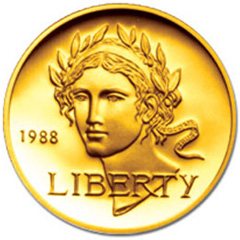 Purchases of physical gold have been hitting new all time records. Demand has been fueled by the recent pullback in gold prices and the massive amount of money printing being conducted by central banks in Europe, Japan and the United States. The recent decision by the Federal Reserve to postpone any curtailment of its $85 billion per month of money printing could mark the end of the correction in gold and silver. The Fed’s refusal to reduce the ongoing program of securities purchases signals that QE has morphed from an emergency measure to a permanent Fed policy.
Purchases of physical gold have been hitting new all time records. Demand has been fueled by the recent pullback in gold prices and the massive amount of money printing being conducted by central banks in Europe, Japan and the United States. The recent decision by the Federal Reserve to postpone any curtailment of its $85 billion per month of money printing could mark the end of the correction in gold and silver. The Fed’s refusal to reduce the ongoing program of securities purchases signals that QE has morphed from an emergency measure to a permanent Fed policy.
 The months long guessing game on whether or not the Fed would start tapering its $85 billion per month of treasuries and mortgage securities came to a conclusion today as the Fed promised to keep the printing presses going full blast.
The months long guessing game on whether or not the Fed would start tapering its $85 billion per month of treasuries and mortgage securities came to a conclusion today as the Fed promised to keep the printing presses going full blast.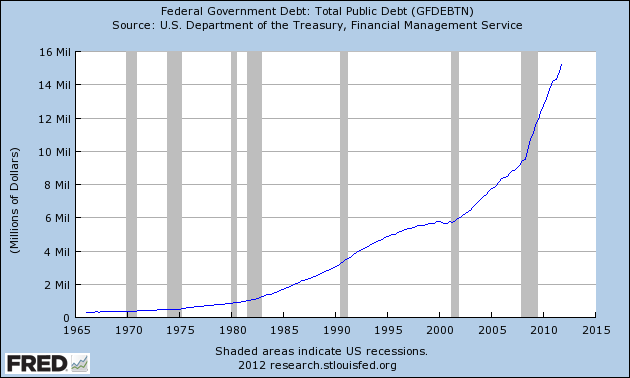
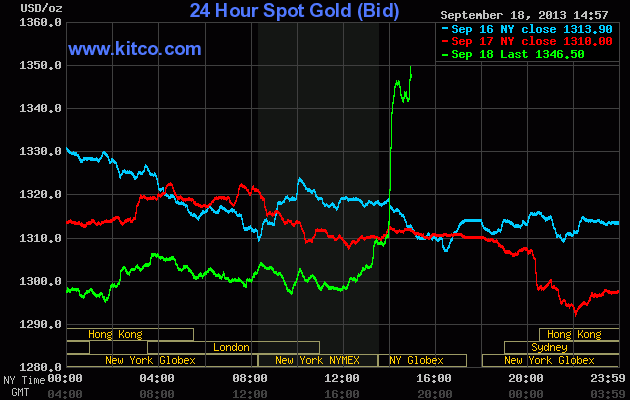
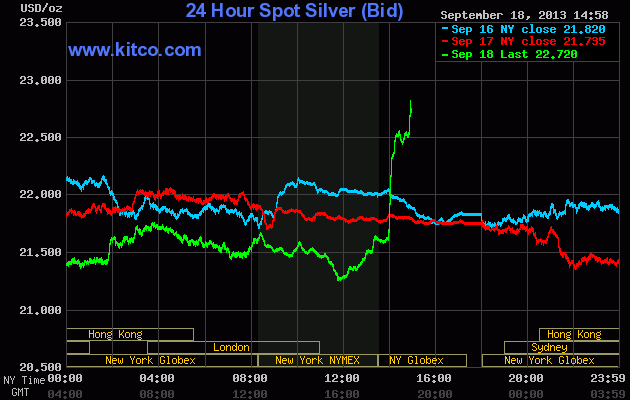
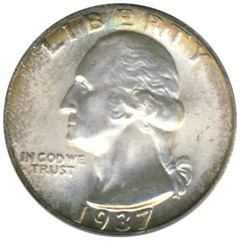 By: GE Christenson
By: GE Christenson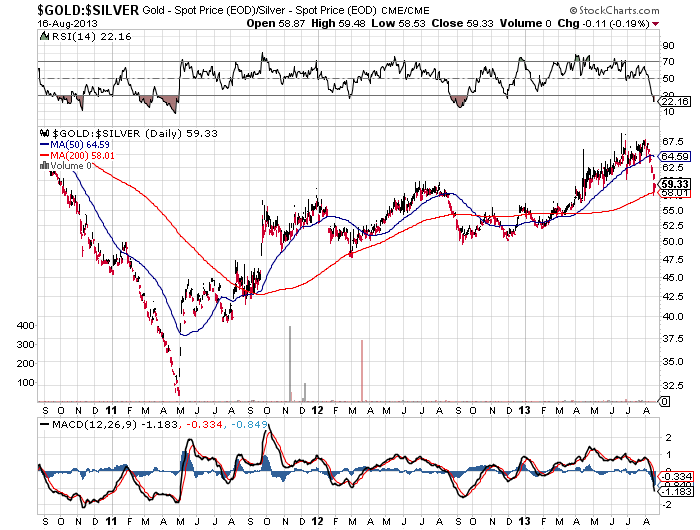
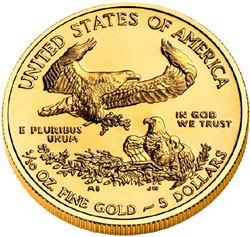

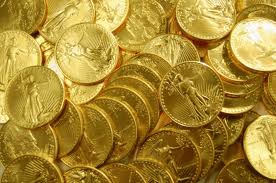 By: GE Christenson
By: GE Christenson Its hardest to buy at bottoms since you never know where the bottom is. Equally hard to do is to buy when the sentiment is incredible negative as it was in early 2009 for stocks and 2000 for gold and silver.
Its hardest to buy at bottoms since you never know where the bottom is. Equally hard to do is to buy when the sentiment is incredible negative as it was in early 2009 for stocks and 2000 for gold and silver.
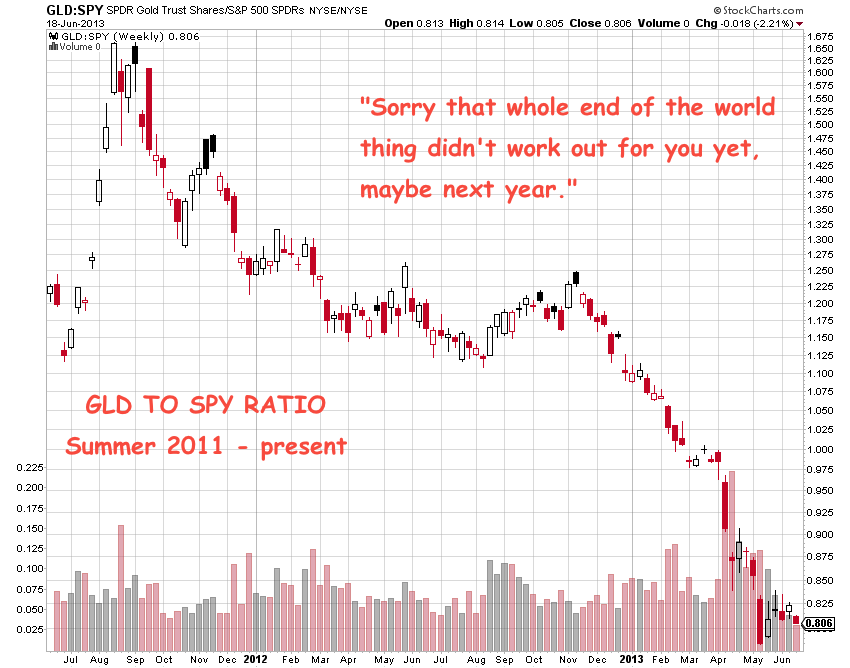
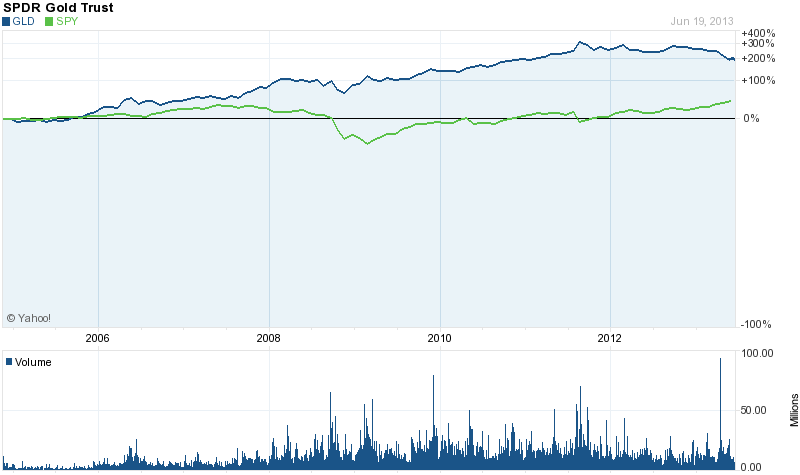
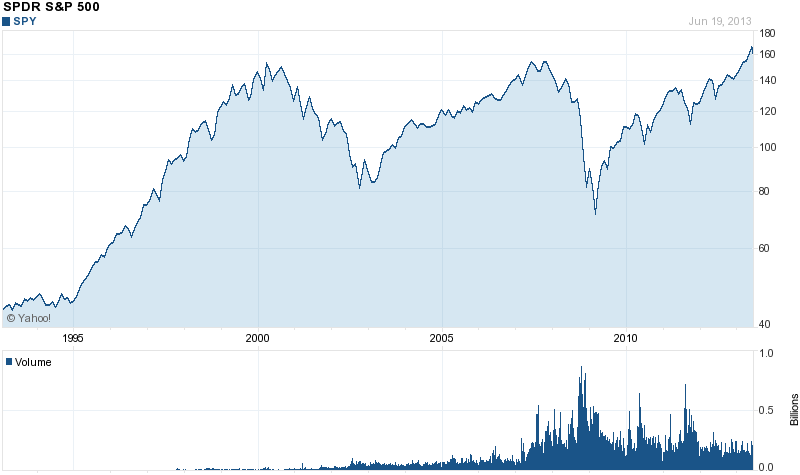
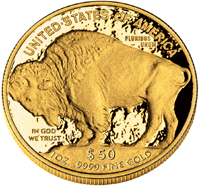 Is there any hope for a recovery in gold and silver prices by year end?
Is there any hope for a recovery in gold and silver prices by year end?

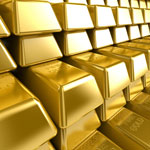 MOTIVE: The various governments of the world and their central banks produce and distribute a product – paper currencies. Those currencies are backed by confidence, faith, and credit, but not by gold, oil, or anything real. Those currencies are digitally printed to excess, since almost all governments spend more than their revenues. The UK, Japan, and the USA are prime examples.
MOTIVE: The various governments of the world and their central banks produce and distribute a product – paper currencies. Those currencies are backed by confidence, faith, and credit, but not by gold, oil, or anything real. Those currencies are digitally printed to excess, since almost all governments spend more than their revenues. The UK, Japan, and the USA are prime examples.